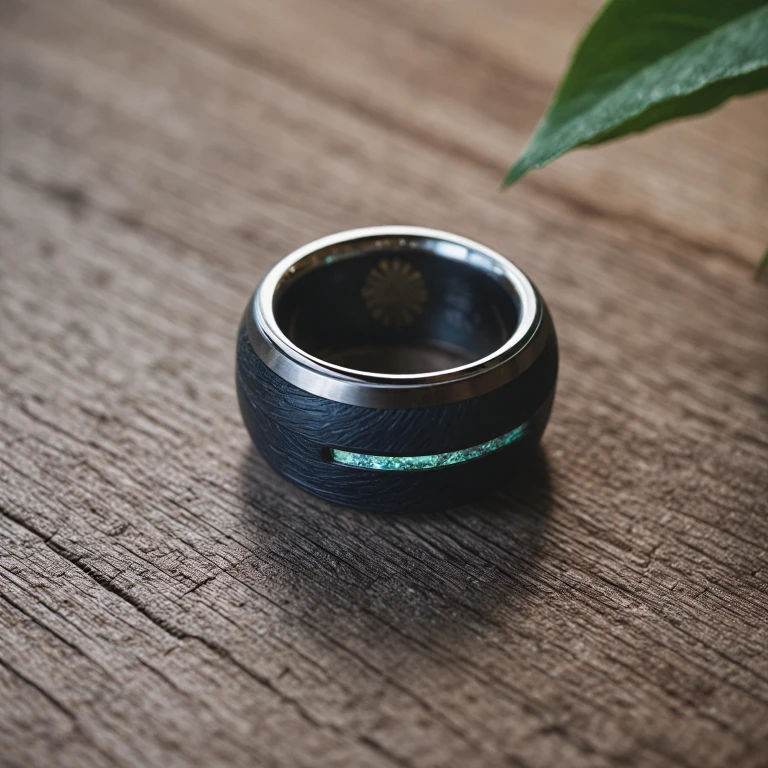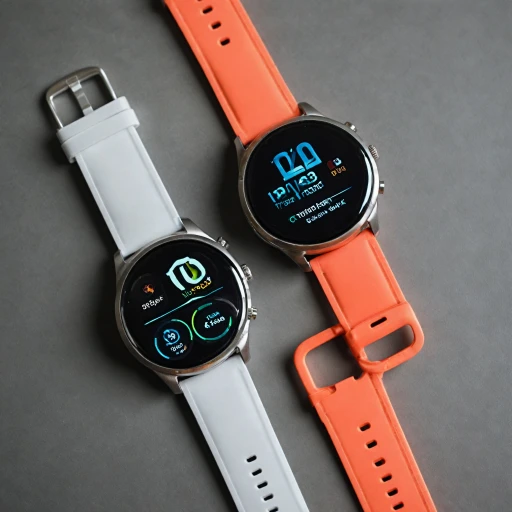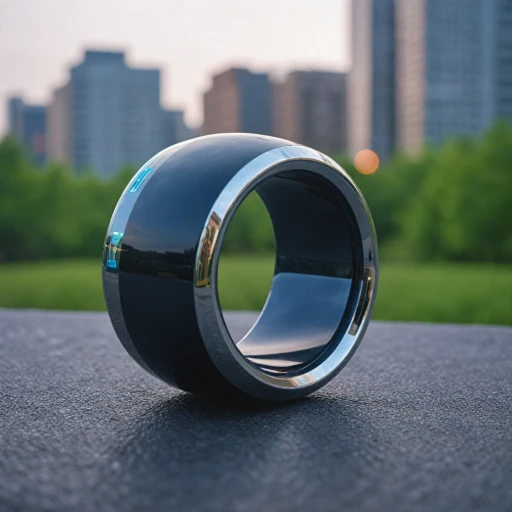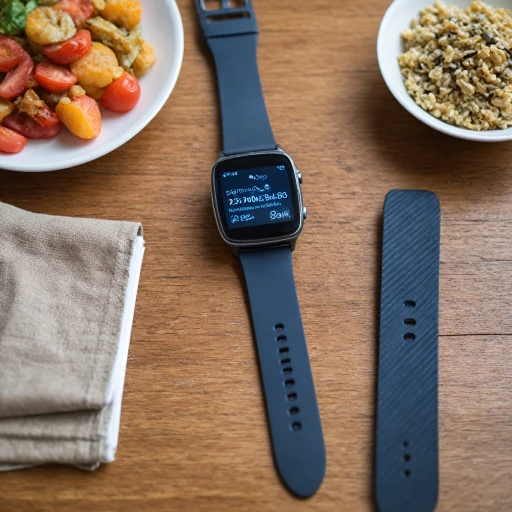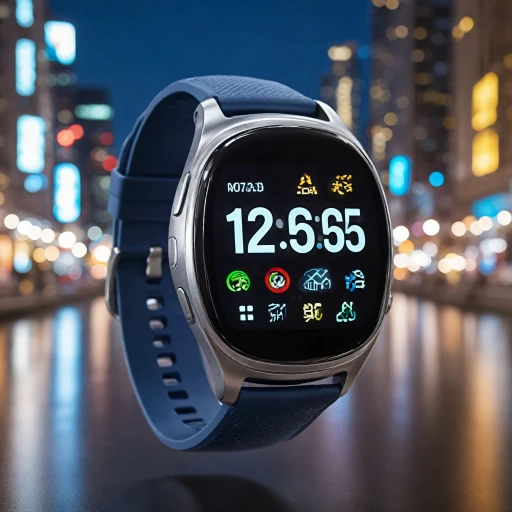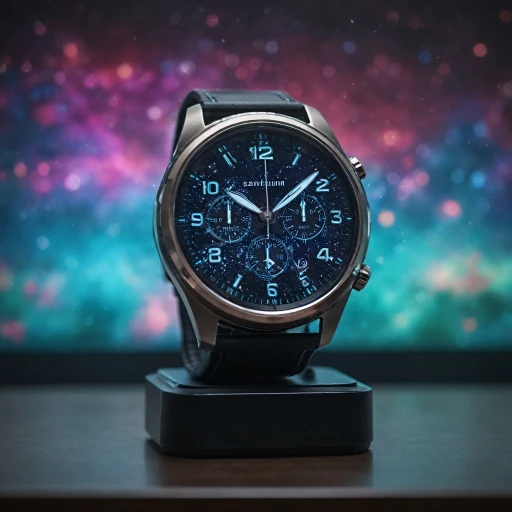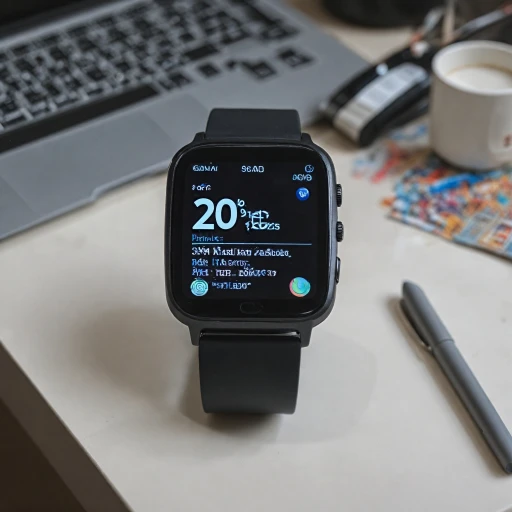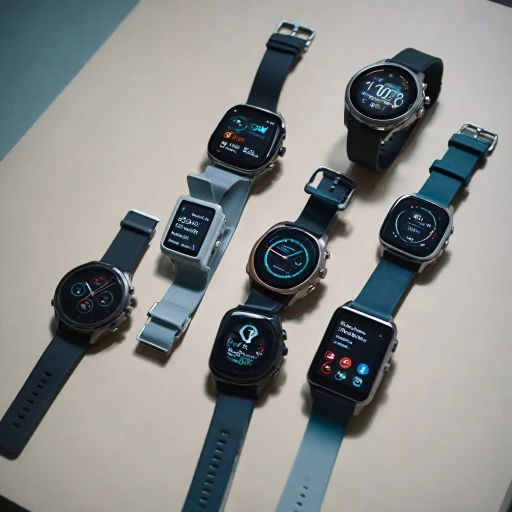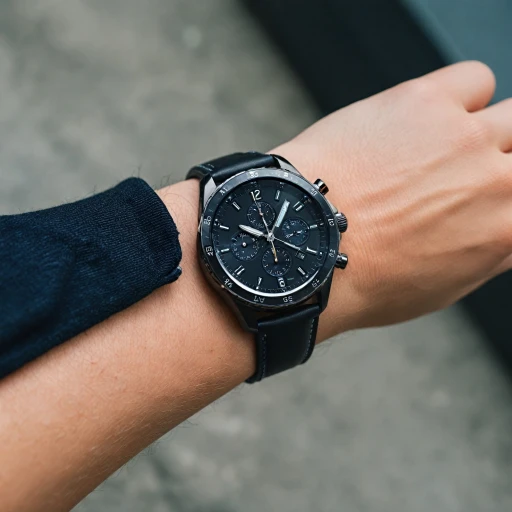
Understanding the Oura Ring's Battery Specifications
Delving into Battery Capacity of the Oura Ring
Understanding the intricacies of the Oura ring's battery is crucial for optimizing its performance and ensuring its longevity. The Oura ring, particularly the latest generation, is renowned for its impressive battery life—a quality that sets it apart in the realm of smart rings. Generally, a fully charged Oura ring provides a battery lifespan lasting several days, which can vary based on usage and app activity. Despite its compact size, the Oura ring's battery is designed to efficiently handle continuous tasks such as heart rate monitoring, sleep tracking, and oxygen sensing. Unlike bulkier smartwatches like the Samsung Galaxy or the Apple Watch, the Oura ring offers a sleek, unobtrusive alternative for those focusing on sleep and health data. The compact nature of the Oura ring means it houses a smaller battery than other wearable devices. However, this doesn’t diminish its capability. Testimonies from Oura users highlight the ring's ability to maintain effective tracking for health metrics such as heart rate and blood oxygen levels for days at a time. Each charging session can sustain usage through extensive daily wear without frequent power-ups, making it a convenient option for those who prioritize battery reliability. To gain a deeper understanding of common battery concerns and solutions, it's useful to look into troubleshooting typical charging issues. Although centered on a different product, these insights into battery management can aid in maintaining your Oura ring effectively. Functionality, user comfort, and efficient power use form the backbone of the Oura ring's outstanding battery performance. This crucial component ensures that health-conscious users can rely on their rings for monitoring without frequent interruptions.Factors Affecting Battery Life
Understanding What Influences the Power Duration
The Oura ring is famed for its impressive battery life, but like all tech devices, several factors can influence how long the battery lasts. Understanding these elements can help users maximize their ring's performance and avoid frequent charging.
Firstly, the frequency with which you sync your ring's data to the Oura app can significantly affect battery longevity. The more frequently data is transferred, the faster the battery drains. Users who regularly sync sleep or health data throughout the day may notice a shorter battery span compared to those who sync less often.
The range of features is another consideration. Engaging multiple health monitoring features like heart rate, sleep apnea detection, or blood oxygen sensing demands more from the battery. Each of these smart sensing features requires energy, and when combined, can reduce the overall operational life.
Moreover, the climate and external conditions can also play a role. Batteries tend to perform less efficiently in extreme temperatures, whether too hot or too cold. This can impact how long a wearable like the Oura ring can keep its charge, compared to its typical environment.
The wearable's size or "gen" (generation) version might also contribute to differences in battery life. Older or smaller units might not have the same capacity or efficiency as new models.
Finally, user habits such as how often the ring is removed and charged also determine how long the battery will last before it needs replacing. Frequent partial charges can sometimes shorten battery longevity over months, compared to regular full cycles.
By being mindful of these factors, wearers of the Oura ring can optimize their daily experience and ensure their smart ring remains as dependable as possible.
Comparing Battery Life with Other Smartwatches
Comparative Analysis of Battery Longevity Across Devices
When comparing the battery life of the Oura Ring with other smart devices, it's essential to consider various factors that contribute to the overall usability of the device. The Oura Ring, a leading smart ring, offers a battery life that spans several days on a single charge, often up to a week, depending on usage. This performance is quite notable when evaluated alongside traditional smartwatches like the Samsung Galaxy Watch or the Apple Watch, which typically require daily or bi-daily charging. Smart rings, including the ring gen models, cater to users seeking minimalistic designs without compromising on functionality. These devices often prioritize health metrics like sleep tracking, heart rate monitoring, and oxygen sensing. In particular, the Oura Ring stands out with its data accuracy in tracking vital signs such as heart rate and blood oxygen levels. On the other hand, devices like the Galaxy Watch offer broader functionality, supporting a wider range of apps and smartphone integrations at the expense of battery duration. Moreover, the compact size of smart rings allows for a sleek design that smartwatches can't always replicate without sacrificing screen real estate. Comparing these features gives potential buyers a clearer perspective on what suits their lifestyle best. For those unfamiliar with the nuances of smartwatch and smart ring choices, it's worthwhile to weigh the pros and cons of each device's battery life alongside other factors such as app compatibility and health-tracking capabilities. Detailed insights and comparisons between popular choices, including the Oura Ring and various smartwatch brands, can be found on dedicated comparative review sites. To assist your choice, explore comprehensive analysis and recommendations on which smartwatch suits you best.Maximizing Battery Efficiency
Enhancing Battery Performance and Prolonging Usage Time
The battery life of your Oura ring is a critical factor for maximizing the device's functionality and benefits. By optimizing the way you use and charge your smart ring, you can enjoy its full potential. Here are some expert-recommended strategies to extend the battery life of your Oura ring effectively:
- Manage Power-Consuming Features: Deactivate or limit features you don't use regularly, such as continuous heart rate monitoring or blood oxygen sensing. Although these functions provide valuable data, they can also drain the battery faster.
- Optimize Wear Schedule: Plan your usage around when you need the ring's key features, like sleep tracking or heart rate monitoring, to ensure its longevity throughout the day or night.
- Charge Smartly: Avoid overcharging by using a charging case that's specifically designed for your ring's gen model. Keeping the battery between 20% and 80% is generally recommended for prolonged health.
- Regular Software Updates: Ensure the Oura app and firmware are up-to-date. These updates often include battery optimization fixes and new feature enhancements that could impact overall performance.
- Monitor Battery Levels: Use the Oura app to stay on top of your ring's battery status. Being proactive about recharging can prevent unexpected power drain during critical times.
By adhering to these strategies, users can potentially see an improvement in their device's day-to-day battery life, making the most of their Oura ring's advanced tracking capabilities over several months of use. These methods not only enhance longevity but also ensure that the smart ring remains a reliable tool for health monitoring, offering consistent data for sleep patterns, heart rate, and more.
User Experiences and Feedback
User Insights on Battery Longevity
When it comes to the Oura Ring, user experiences provide valuable insights into its battery life. Many users appreciate the ring's compact size and the convenience it offers, especially when compared to bulkier smartwatches. The Oura Ring's battery life is often highlighted as one of its best features, with some users reporting that it lasts several days on a single charge, depending on usage patterns.
For those who prioritize health monitoring, the Oura Ring's ability to track sleep, heart rate, and blood oxygen levels without frequent recharging is a significant advantage. Users have noted that the ring's battery life can vary based on how often they sync data with the Oura app or how frequently they use features like sleep apnea detection and oxygen sensing.
Feedback from the community also suggests that the battery life of the Oura Ring can be influenced by the generation of the ring. For instance, newer ring gens might offer improved battery efficiency compared to older models. Some users have mentioned that after several months of use, the battery life may slightly decrease, which is a common occurrence with rechargeable batteries.
Comparisons with other smart rings and devices, such as the Samsung Galaxy Ring or the Apple Watch, often highlight the Oura Ring's balance between functionality and battery longevity. While the Galaxy Ring and other smart rings offer similar health tracking features, the Oura Ring's battery life is frequently praised for its reliability and endurance.
Overall, user feedback underscores the importance of understanding the factors that affect battery life, as discussed earlier, and maximizing efficiency to ensure the ring remains a reliable health companion.
